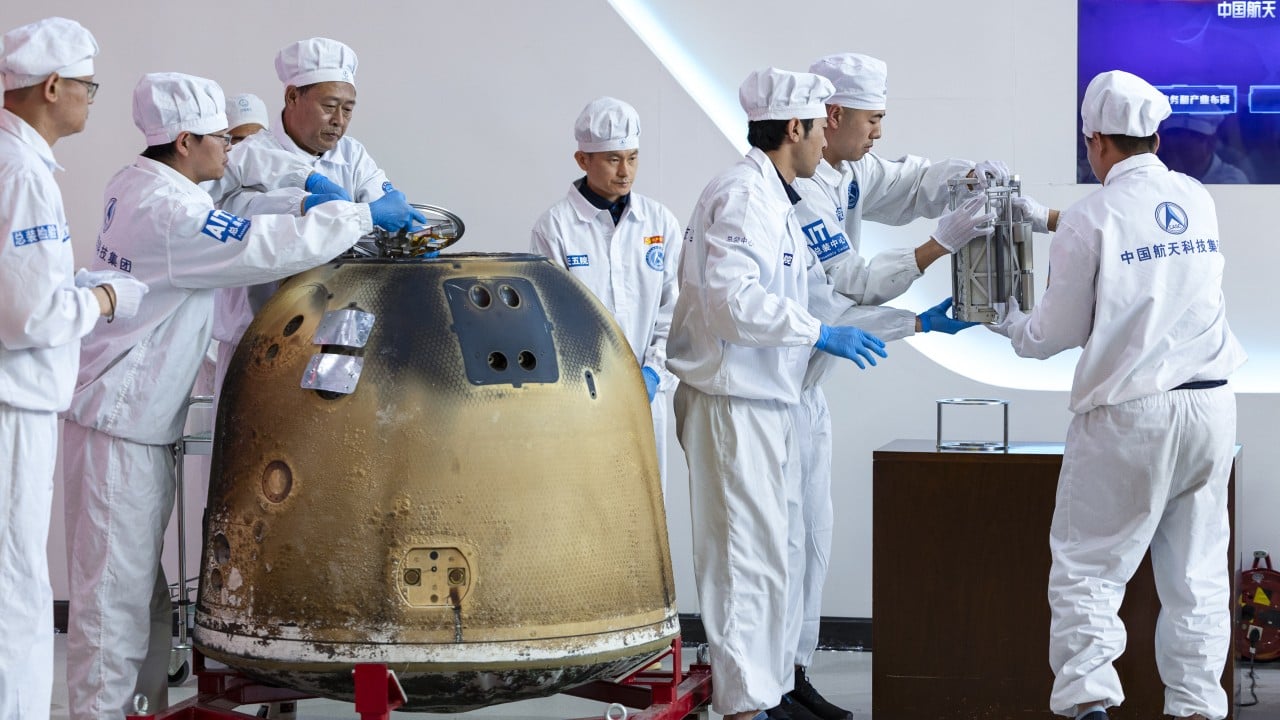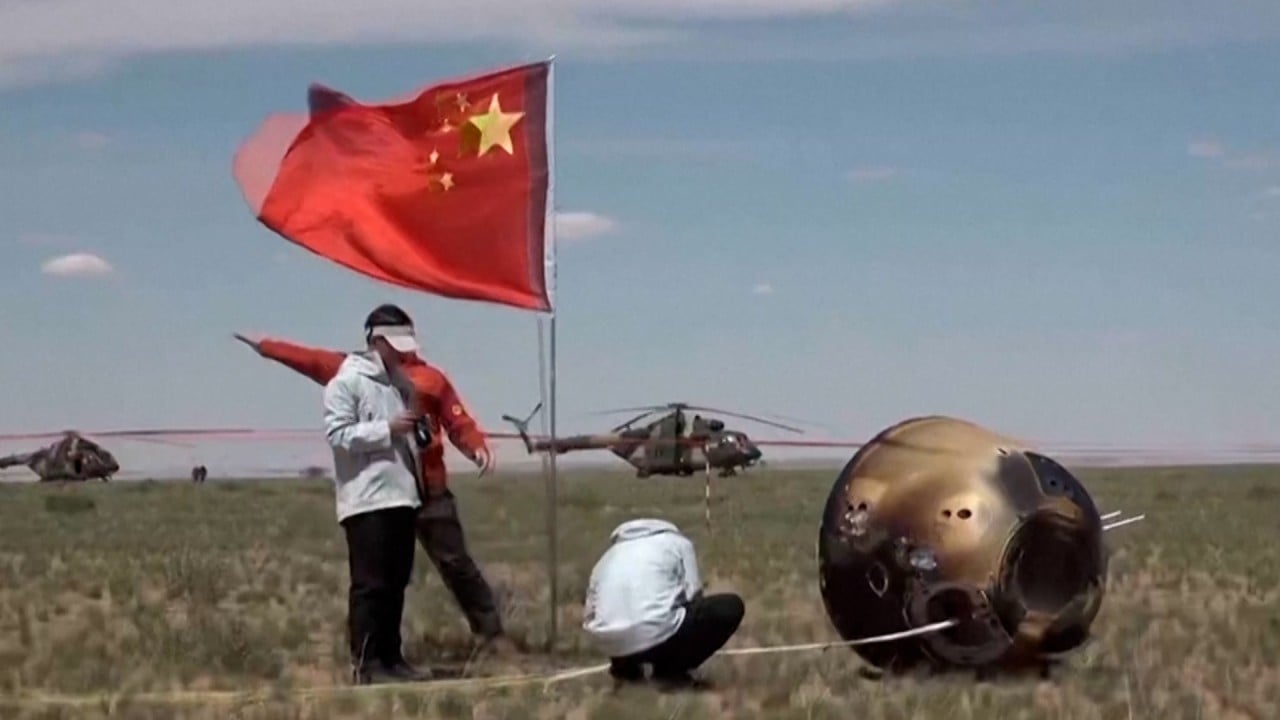Published: 11:00pm, 9 Jul 2025Updated: 12:08am, 10 Jul 2025
China’s Chang’e-6 lunar mission has yielded groundbreaking findings about the moon’s hidden history, revealing evidence that a colossal asteroid strike more than 4 billion years ago could have fundamentally altered the deep interior of its far side.
Advertisement
The research was published as four open-access papers on Wednesday in Nature, one of the world’s oldest and most prestigious scientific journals, which is headquartered in London.
While these papers are available to all readers regardless of subscriber status, Chinese teams are reporting a wave of scientific findings from the country’s lunar programme that American government scientists may be locked out of because of a US decision to cancel subscriptions to Nature and other Springer Nature journals.
Officials cited budget concerns and dismissed the journals as “junk science”, which could hinder government scientists – including key Nasa researchers – from having access to major discoveries.
The new analysis of the returned far-side rocks suggests that part of the moon’s deep interior was stripped of important chemical ingredients more than 4 billion years ago – likely during a giant asteroid impact.
The collision was so powerful it not only carved out a 2,500km-wide (1,550-mile) crater on the moon’s far side – the largest of its kind in the solar system – but also changed the make-up of the moon’s mantle hundreds of kilometres below the surface, according to a team led by scientists at the Institute of Geology and Geophysics in Beijing.


